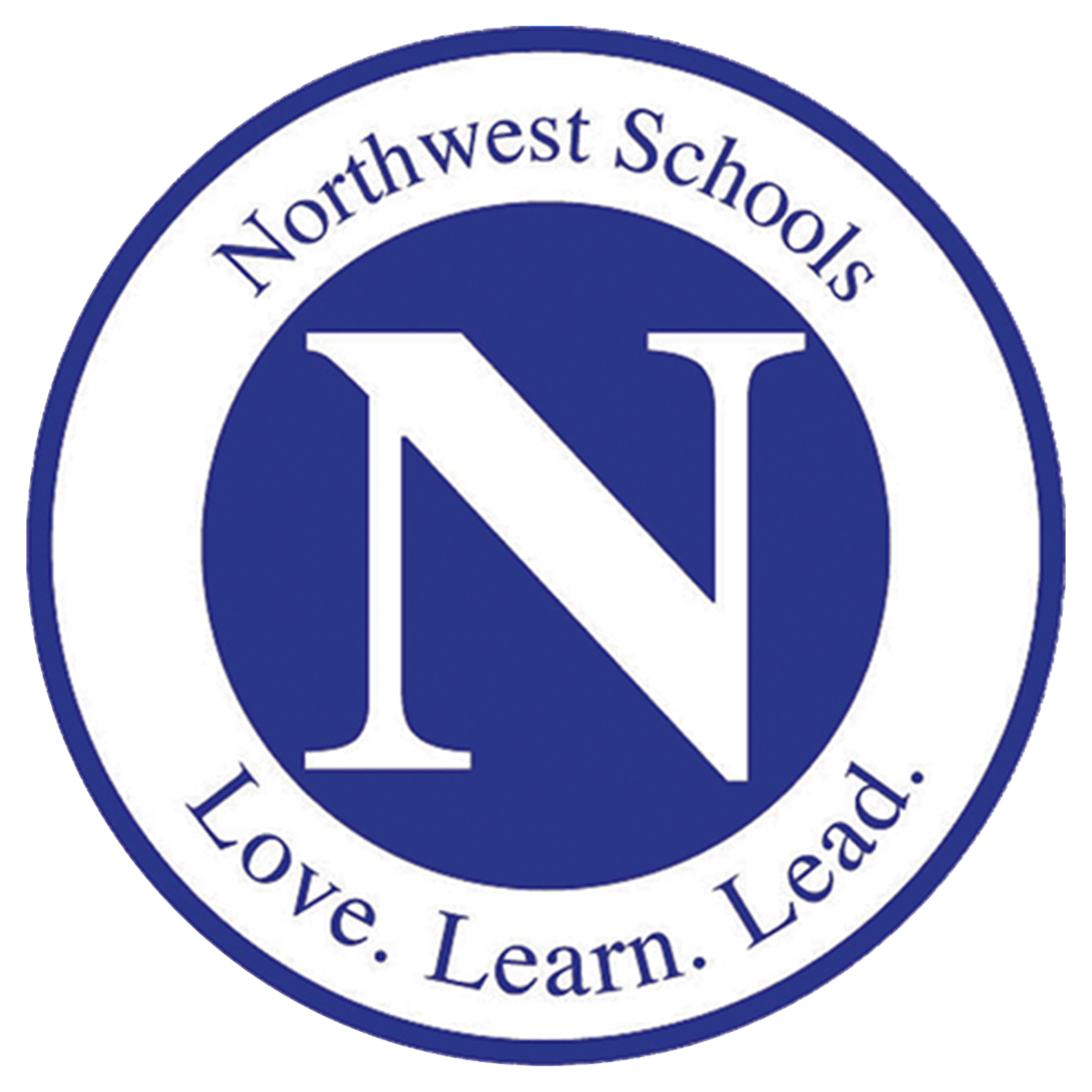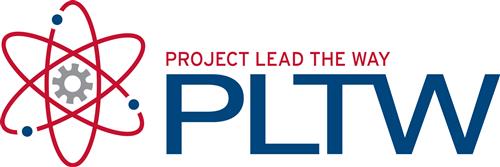Assistant Principal
Gateway To Technology (GTT) - Overview
PLTW Gateway Sparks Engagement and Illuminates Possibilities for Middle School Students
Middle school is a time of exploration, a time when students are figuring out what they’re passionate about today and how that relates to who they’ll become tomorrow.
During this transitional time, PLTW Gateway’s units empower students to lead their own discovery. The hands-on program boosts classroom engagement and excitement, drives collaboration, and inspires “aha! moments” and deep comprehension. And as students engage in PLTW’s activities in computer science, engineering, and biomedical science, they see range of paths and possibilities they can look forward to in high school and beyond.
Middle School Courses
Design and Modeling (DM)
Automation and Robotics (AR)
Introduction to Computer Science (ICS)
Medical Detectives (DM) (included in the 8th grade health course)




